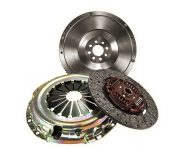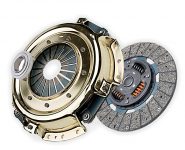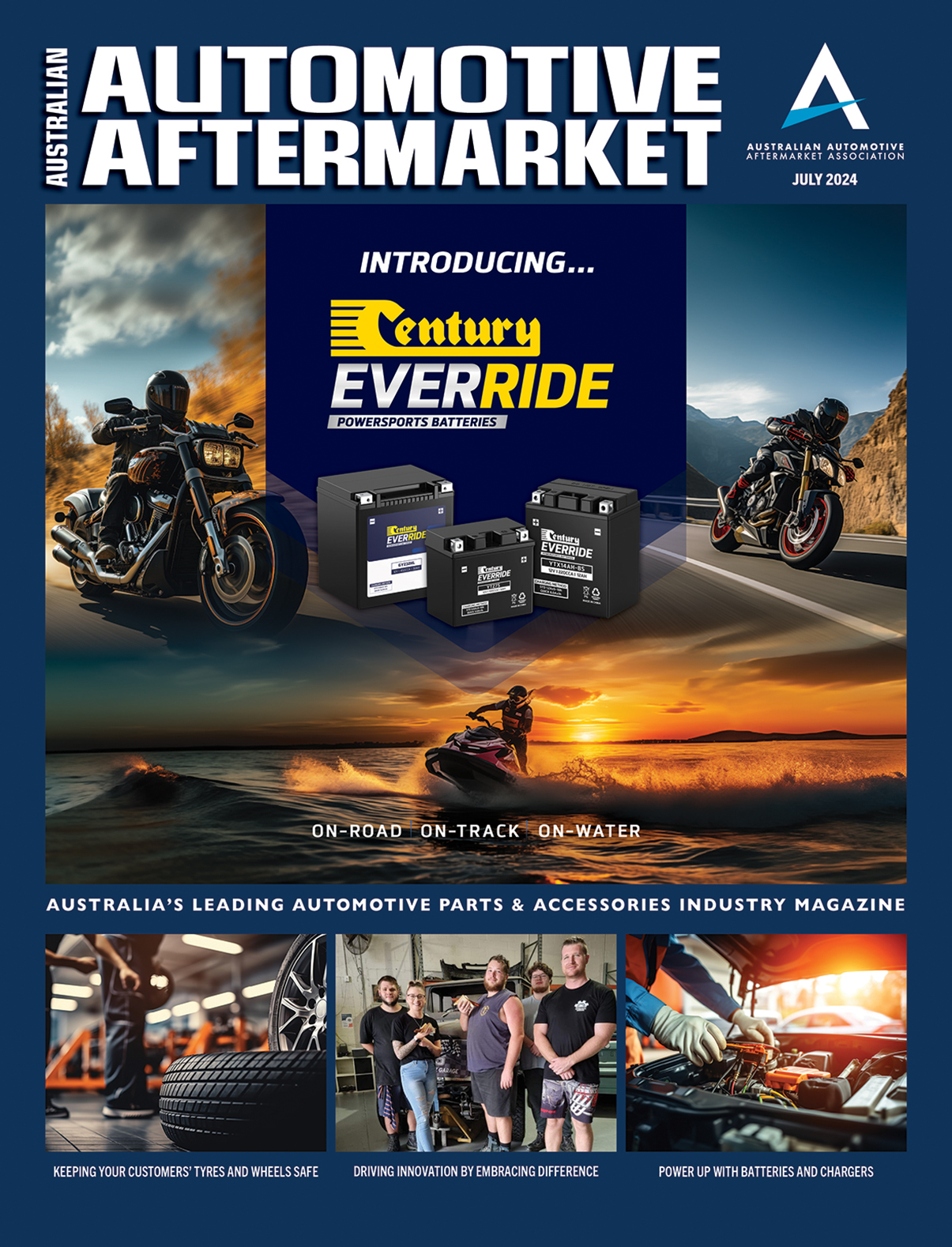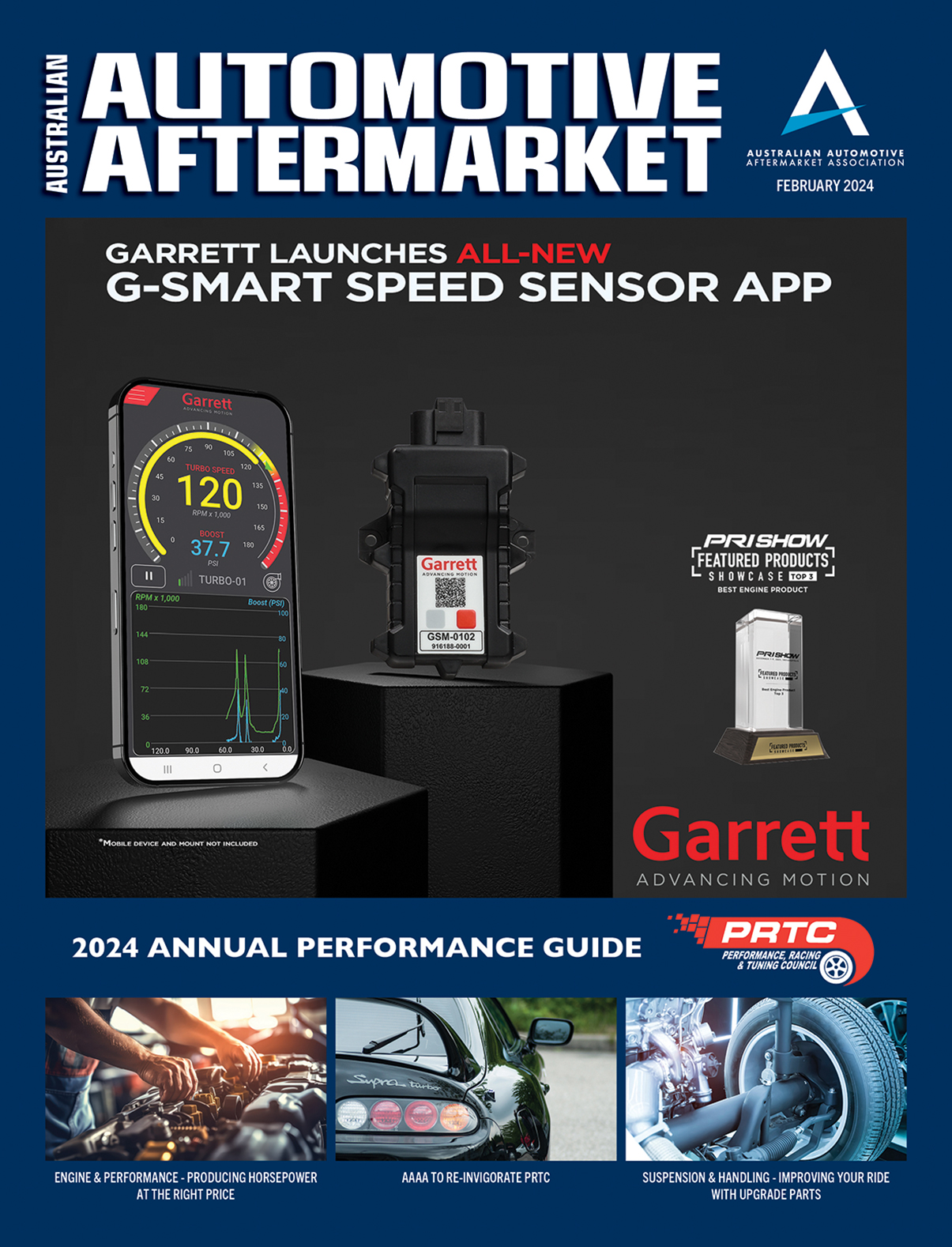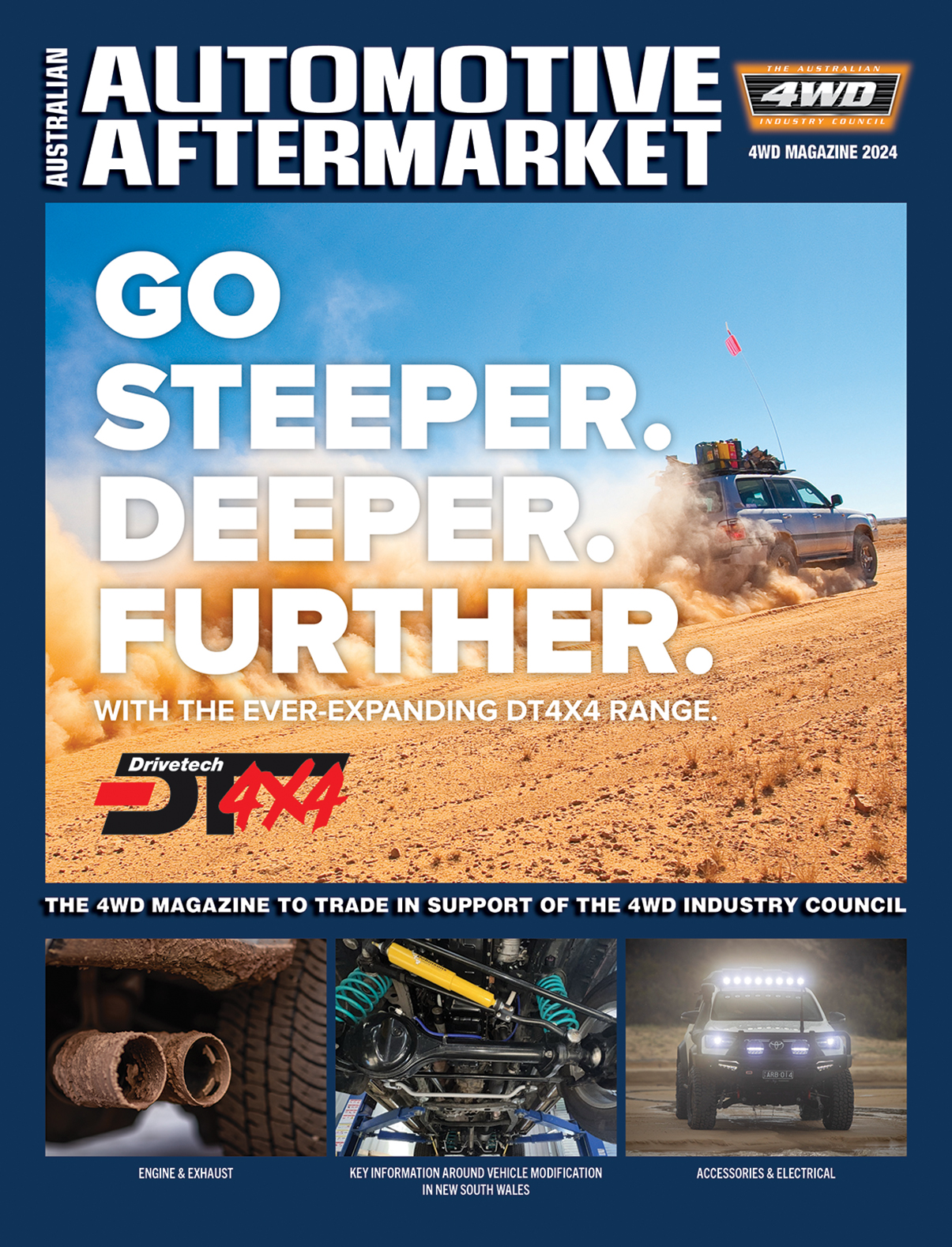PAYING ATTENTION TO BRAKE ROTORS
Tips and hints from ADVICS and Exedy Australia
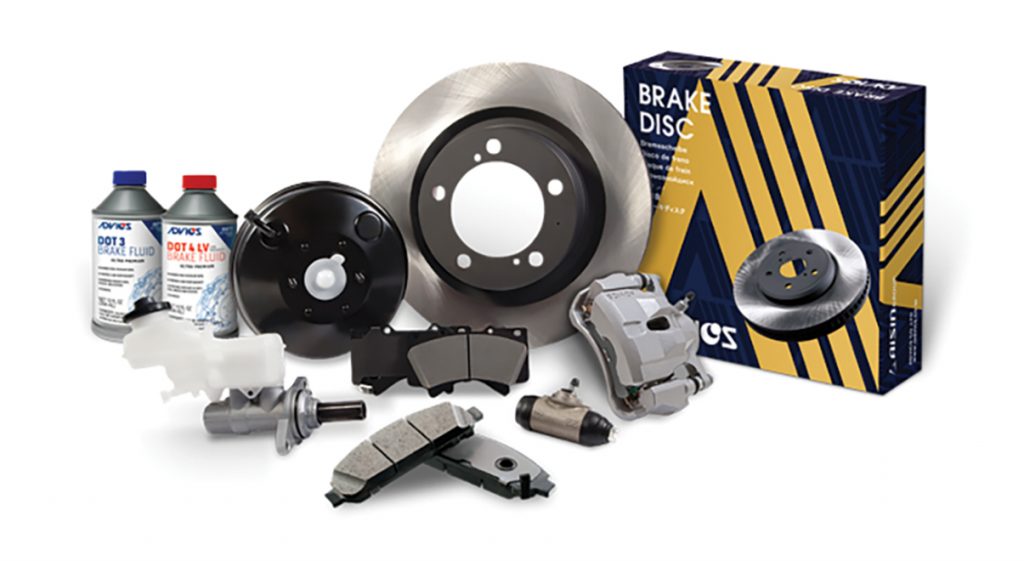
You may have seen the name around and wondered about the origins of ADVICS. Simply put, ADVICS stands for Advanced Intelligent Chassis Systems and as an Aisin group company, Exedy says it has earned its reputation as a world-class manufacturer of the market’s most trusted brake systems.
Exedy explains that ADVICS is a supplier of ultra-premium brake system components that are engineered and manufactured with industry-leading technology and innovation for the aftermarket; stating that the ADVICS journey “represents the very best of Japanese quality, global expertise and environmental sustainability for the road ahead.”
Identifying brake rotor issues
Like many vehicle problems, issues with brake rotors can be brought to the driver’s attention by an unusual driving feel. Rotor troubles often come in the form of pedal pulsation.
As a tech, you can assess whether the front or rear rotors need your attention by speaking with your customer about where they are feeling the abnormality while driving.
As you know, issues with front brake rotors will feel like a shaking of the steering wheel when pressure is applied to the brake pedal. Rear brake rotor problems will manifest as a vibration below the driver’s seat.
How to mitigate brake rotor problems
Now that you have gone through the troubleshooting process to identify which brake rotor set is being impacted, it is time to establish next steps in mitigating rotor issues going forward, or replacing them if necessary.
First, it is important to inspect the affected rotor(s) for oils or shards of metal, which could be contributing to warping and pulsation. Note that you can wash the rotors with soap and water if excess oil is present – just never wash them with brake cleaner.
Next, it is crucial to inspect the brake rotors for any damage or cracks. If these are present, you will need to replace the rotors.
Then, it is time to check the rotor’s thickness. You will need to find the minimum thickness specifications, which should be labelled on the hat of the rotor, on the sides of the rotor or within the rotor’s veins.
Once that is identified, use a micrometer to measure the rotor’s thickness 10mm into the outer circumference of the rotor. Then, repeat this process seven times at every 45 degrees.
If all noted measurements are above the minimum, the rotor does not need replacement. It is also important to note if any of these measurements have inconsistencies. If there are variations in thickness, the rotor will need to be resurfaced.
Replacing brake pads and brake rotors together
While inspecting, repairing and/or replacing brake rotors, it is also important to assess the brake pads at the same time. Brake pads require the same attention to minimum thickness requirements, quality of the friction surface and surrounding components that brake rotors do.
There are industry variations on which minimum thickness is standard for brake pad replacement. Some shops recommend replacing pads that are worn to a quarter of an inch, while others will wait until the pad is an eighth of an inch.
Ultimately each brake job should be assessed and addressed on a case-by-case basis.
That being said, ADVICS technicians recommend replacing brake pads and brake rotors together, using ultra-premium parts that are designed and engineered to work together, for optimal stopping power and safety.
Exedy Australia is now proudly stocking a broad range of Aisin and ADVICS branded products such as brake calipers, brake master cylinders, brake boosters, brake pads, rotors and drums.
For more information, go to www.exedy.com.au/part-finder




